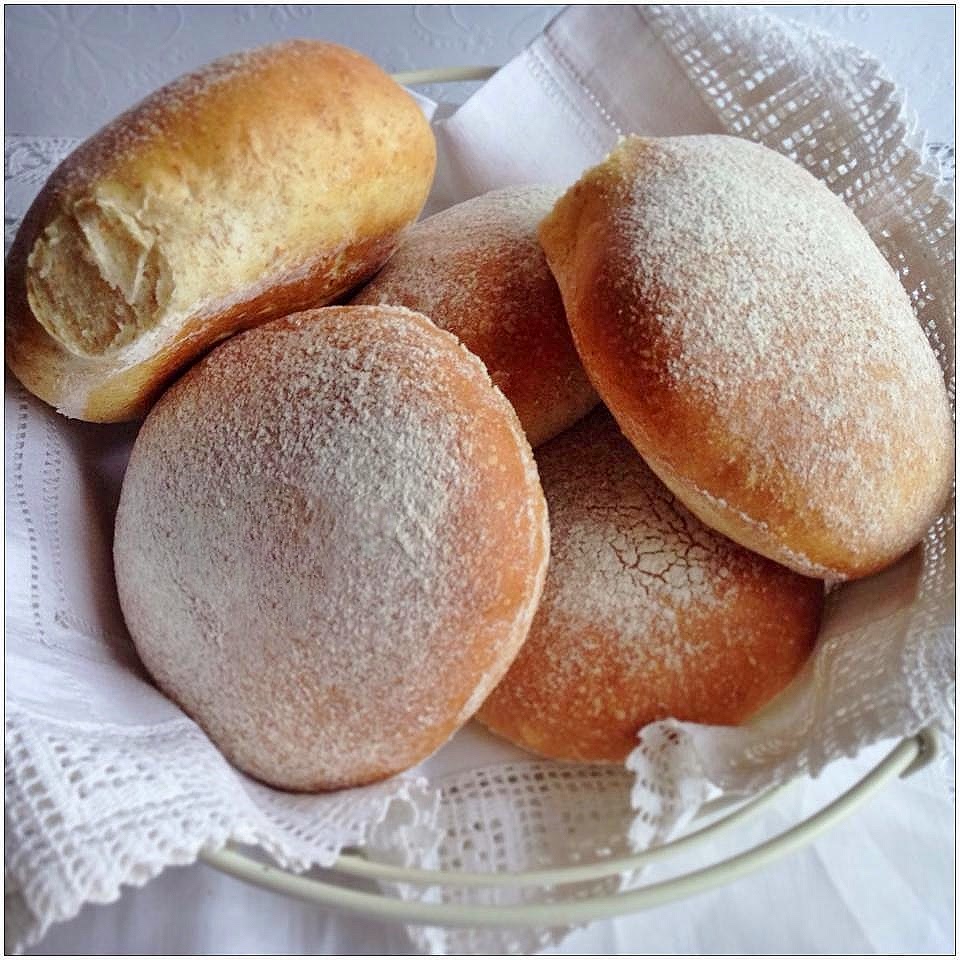Some versions of fougasse are flat breads not unlike the Italian focaccia whilst other, like the one that I have made here are distinguished by their shape, which is achieved by slashing the dough into a pattern to resemble an ear of wheat or a leaf.
Fougasse can be made using a simple
white bread dough, but it also often contains, herbs, nuts and other
flavourings. Those of you who have read my recent blog posts will know that I
have been trying out a load of recipes including walnuts, so it seemed fairly
inevitable that I would include some in the recipe I present here for Walnut
& Rosemary Fougasse.
 I was delighted with how this bread
turned out. At its most simple, this is the basic white bread dough that I use
as the basis for most of the breads that I make and to which I have added some
walnuts and finely chopped fresh rosemary. Rosemary can be quite potent, but
its punchy flavour is wonderful set against the walnuts in this bread. To be
honest this recipe is merely a template and you could easily substitute the
walnuts and rosemary for whatever nuts or herbs that take your fancy.
I was delighted with how this bread
turned out. At its most simple, this is the basic white bread dough that I use
as the basis for most of the breads that I make and to which I have added some
walnuts and finely chopped fresh rosemary. Rosemary can be quite potent, but
its punchy flavour is wonderful set against the walnuts in this bread. To be
honest this recipe is merely a template and you could easily substitute the
walnuts and rosemary for whatever nuts or herbs that take your fancy.
Since I recently embraced bread making
again and feel more confident in doing it now after recently attending a course
in the wonderful Firehouse Bakery, I really feel that a whole new world of
possibility and different flavours has opened up to me. The sense of
satisfaction you get from baking your own bread is hard to explain, but I would
urge anyone to give it a go. I have also found that of all the things that I
cook and bake, nothing has been received with as much enthusiasm by my family
than the breads that I have been baking… well anything containing chocolate is
still hugely popular with my children, but bread definitely comes a close
second!
This bread will look very rustic when it
emerges from the oven, but that is part of its charm and the way that it is
meant to be. I love the contrast between the crusty outside and the soft
interior studded with the walnuts. Seriously yummy! This would make a lovely
accompaniment to a bowl of hot homemade potato and leek soup in winter or as
one of a selection of breads at a picnic in the summer.
Ingredients:
500g strong white bread flour10g fine sea salt
10g yeast
350ml water
75g walnuts, roughly chopped
1-2tsp finely chopped fresh rosemary
 Method:
Method:
1. Place the flour in a large mixing bowl
and add the salt, giving everything a good mix with your hands so that the salt
is well distributed. Crumble in the fresh yeast and mix this through as well. Add the water and mix with your hands to
create a soft dough. Tip the dough out on to a clean work surface and knead for
about 10 minutes or until the dough feels soft and silky. Resist the temptation
to flour your work surface despite the fact that the dough will feel initially
sticky. As you work it by kneading, it will come together.
2. Place the dough in a clean, lightly
oiled bowl and cover with cling film. Set the bowl aside and allow to prove
until doubled in size.
3. Turn the dough out onto a clean work
surface and punch out the air. Add the chopped walnuts and rosemary and work
these into the dough by gently kneading for a minute or two.
4. Line two large baking sheets with
non-stick baking parchment and set aside.
5. Divide the dough in half and shape each
into a rough triangular shape. Use a rolling to flatten each piece out until it
is about 2cms thick. Using a sharp knife slash the dough down the centre about
3cms from the apex of the triangle to about 3cms from the base. Then slash the
dough three times to the side of the central slash (look at accompanying photos
to see what I am talking about).
6. Gently open out the slashes using your
hands. Sprinkle the prepared baking sheets with a light dusting of flour and
place one fougasse on each. Cover with a little oiled cling film and allow to
rise again for 40-45 minutes until almost doubled in size.
7. Meanwhile preheat the oven to its
highest setting. Bake the breads for 12-15 minutes until deep golden brown.
Remove and allow to cool before serving.
Makes 2 large flat breads.





















